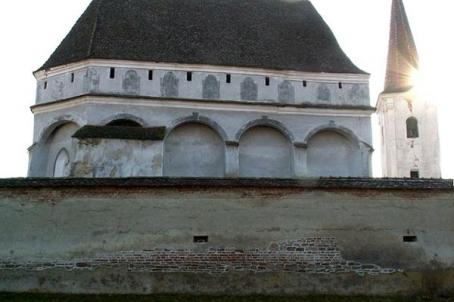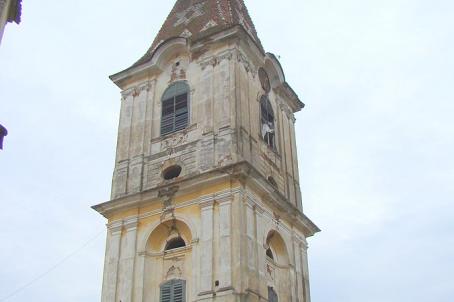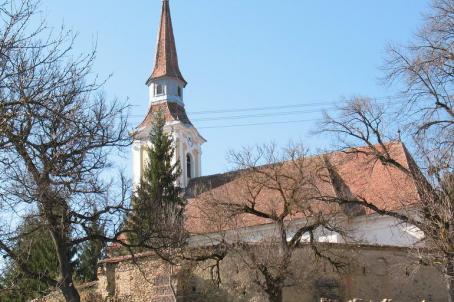Saschiz Fortified Church
The late Gothic aisle-less church was built between 1493 and 1525 replacing a Romanesque basilica. It was provided with a defence level sustained by high buttresses and extended over the nave and the chancel, which is only a little less narrow than the nave. The lierne vault of the nave was reconstructed in 1878.
The interior furnishing is mainly Baroque, except the Gothic pew in the chancel, which is richly decorated with carvings. On the exterior walls fragments of writings were preserved. From the initial defence wall only the northern tower is still preserved. In 1677 it was provided with a distinctive spire, similar to the clock tower of Sighişoara.
About this building
For more information visit on this building visit https://kirchenburgen.org/en/location/keisd-saschiz/






